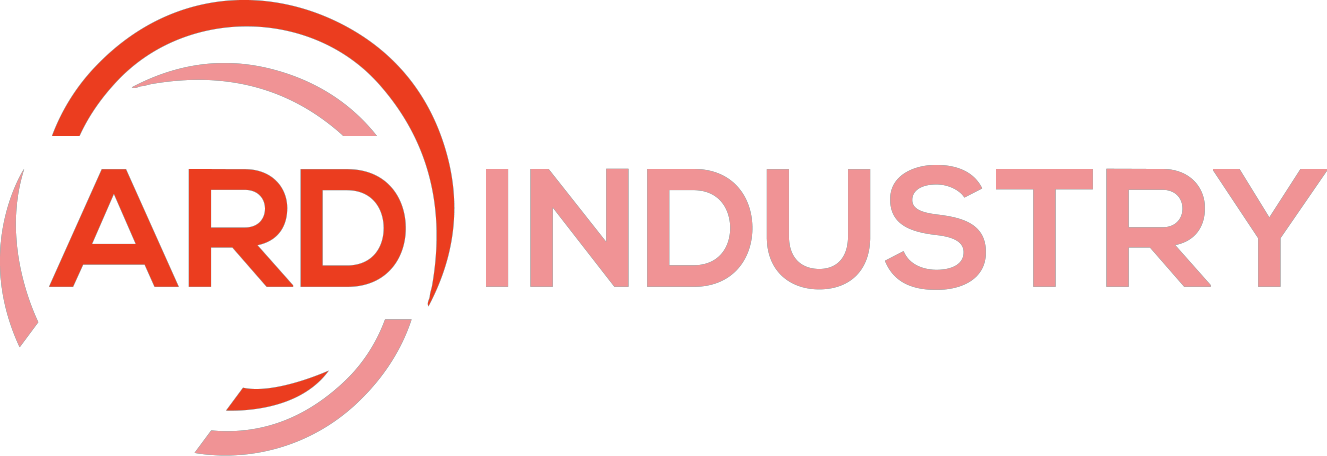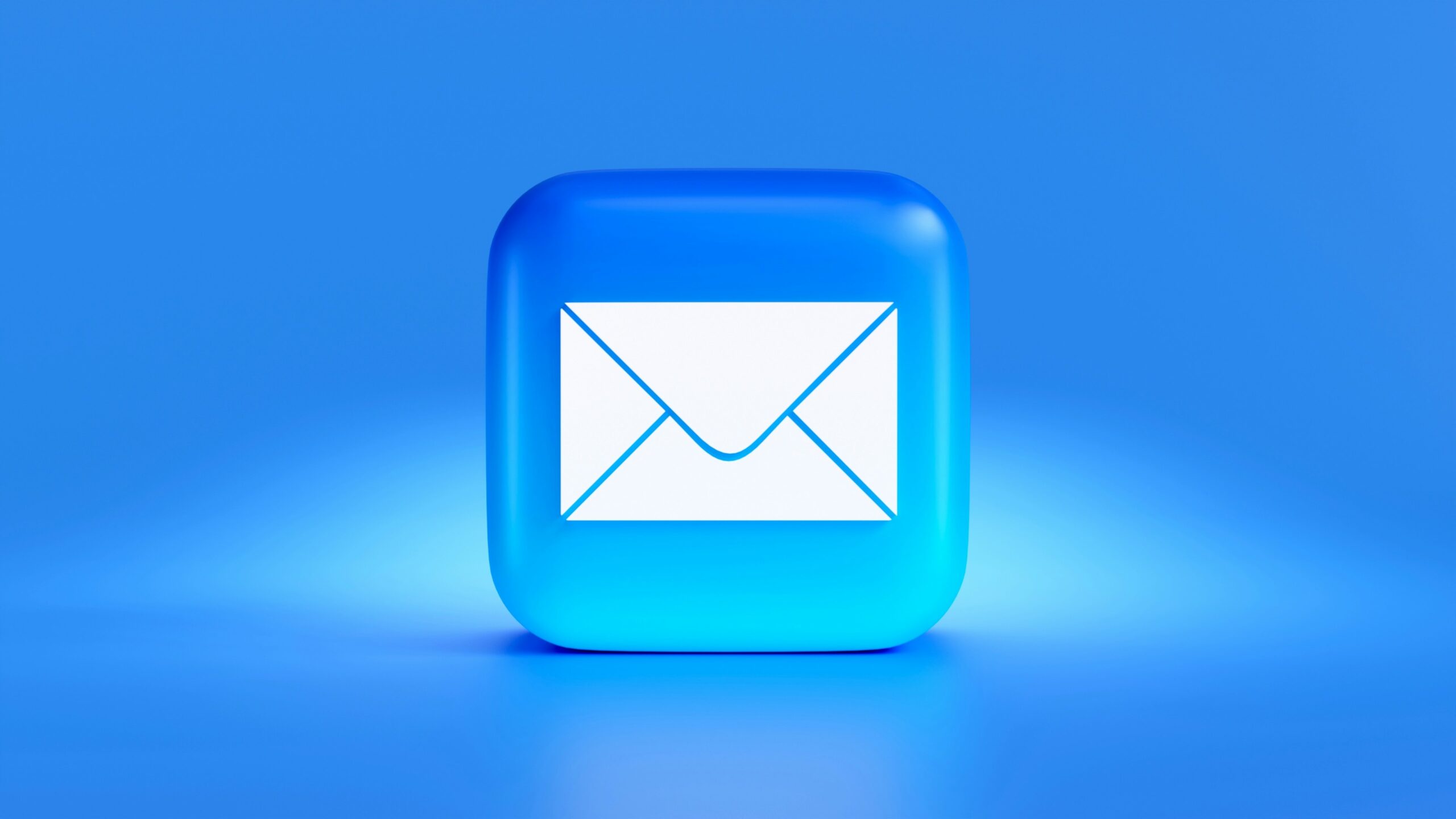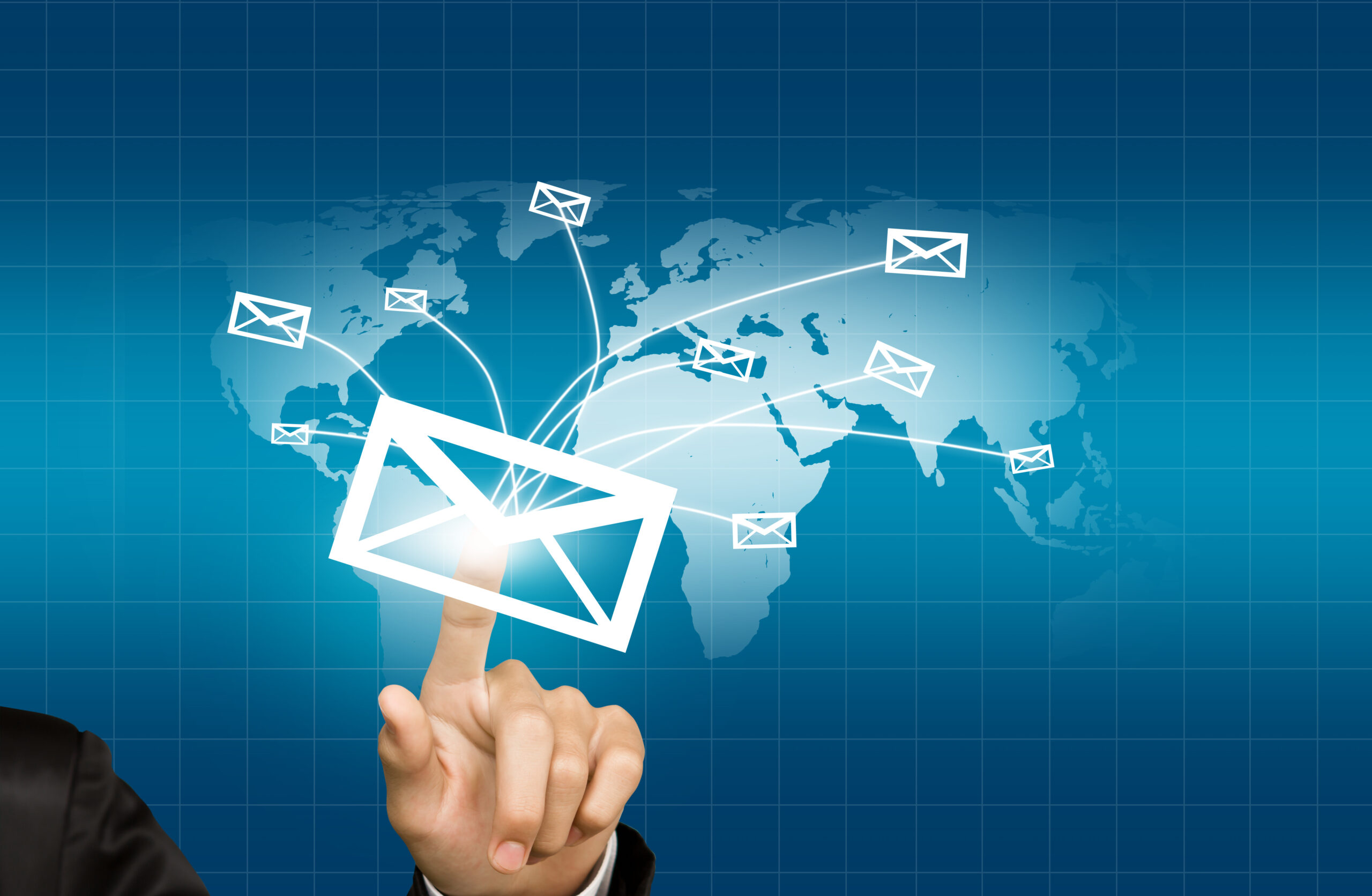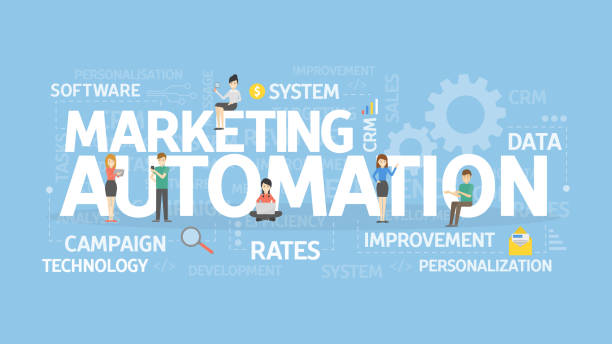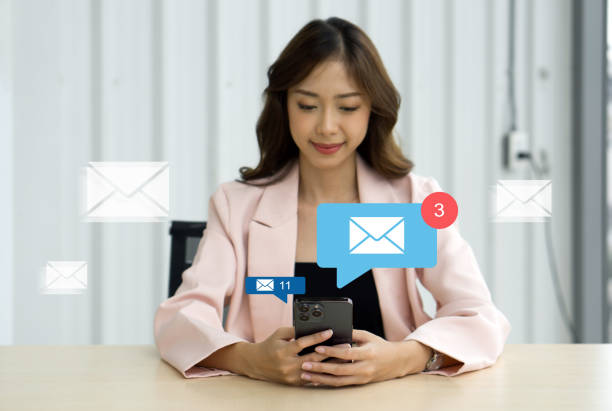Have you ever wondered why some email campaigns effortlessly capture attention, while others seem to fade into inbox oblivion? Are you struggling to connect with your audience on a deeper level, despite sending consistent emails? What if the secret to email campaign marketing success lies not in the quantity of emails you send but in the quality and relevance of each message?
In today’s competitive digital landscape, a one-size-fits-all approach to email marketing no longer cuts it. If you want to see higher engagement rates, stronger relationships with your audience, and increased conversions, it’s time to explore personalization techniques.
So, what exactly is email personalization, and how can it help you unlock the true potential of your email campaigns? Let’s take a deep dive into this crucial strategy, uncovering practical techniques that can transform your email marketing efforts from ordinary to extraordinary.
Why Personalization Matters in Email Campaign
You might be thinking, “Why does personalization matter so much in email marketing?” So, the truth is, it’s one of the most effective ways to break through the noise and capture your audience’s attention.
1. Increased Open Rates
Personalized emails have a higher chance of being opened. According to studies, emails with personalized subject lines are more likely to be opened—sometimes by as much as 50%. Additionally, this means that a simple touch, like adding the recipient’s first name in the subject line, can drastically improve your campaign’s effectiveness.
2. Enhanced Engagement
Once someone opens your email, the next step is keeping their attention. Personalized emails speak directly to a recipient’s needs, preferences, and behaviors, making them feel like the email was crafted specifically for them. This leads to higher click-through rates, more responses, and ultimately, better customer retention.
3. Stronger Relationships – Email Campaign
When a customer receives an email that feels relevant and personal, it builds trust. Additionally, personalization shows that you understand your audience’s needs, challenges, and desires, and that you’re not just sending generic content hoping it sticks. So, over time, this nurtures stronger, more loyal customer relationships.
4. Higher Return on Investment (ROI)
Personalized campaigns tend to have higher ROI compared to generic ones. Moreover, by speaking directly to the recipient’s interests and behaviors, personalized emails ensure that you’re targeting the right audience with the right message, which ultimately boosts your sales and conversions.
Key Personalization Techniques to Transform Your Email Campaign
Personalization is much more than adding a recipient’s name to the subject line. So, here’s a breakdown of the techniques you should be using to ensure your emails truly stand out:
1. Segment Your Audience
Segmentation is one of the most powerful personalization techniques. So, the idea is to group your email list based on common characteristics, behaviors, or preferences. When you send emails that are tailored to the specific needs or interests of these groups, you increase your chances of engagement.
How to Segment Your Audience:
- Demographics: Group customers by factors like age, gender, location, and income level.
- Behavior: Segment based on past purchases, browsing history, or engagement with previous emails.
- Interests: Tailor your emails to specific interests, such as outdoor enthusiasts, tech lovers, or beauty aficionados.
Example: If you run an e-commerce store, segment customers who purchased outdoor gear in the past six months and send them a special offer on new arrivals in that category. Or, if someone has browsed a specific product, send them a personalized email showcasing similar items.
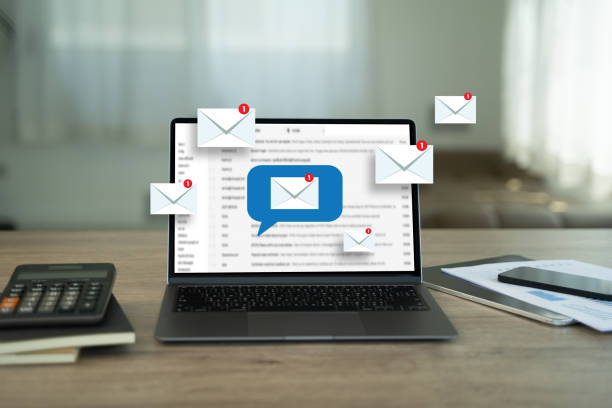
2. Craft Attention-Grabbing Subject Lines – Email Campaign
The subject line is your first opportunity to make a strong impression. Personalized subject lines can significantly increase open rates. Also, by including the recipient’s name, location, or a product they’ve shown interest in, you make the email more relevant and compelling.
Examples:
- “John, Your Favorite Sneakers Are Back in Stock!”
- “Hey [First Name], Enjoy 20% Off Your Next Purchase!”
- “New Products Just for You, [Location] Shopper!”
3. Use Dynamic Content
Dynamic content allows you to display different email content to different recipients within the same campaign. This takes personalization a step further by ensuring that each subscriber sees the most relevant content based on their behavior, preferences, or purchase history.
Example: If a subscriber has previously purchased a camera, you could include product recommendations for camera accessories or offer a discount on a photography course in your email. Also, dynamic content allows you to provide the most tailored experience possible without having to manually create separate emails for every individual.
4. Leverage Behavioral Triggers
Behavioral triggers are automated emails that are sent based on a recipient’s actions. Additionally, these actions could include signing up for a newsletter, abandoning a shopping cart, or browsing specific products. Triggered emails are incredibly effective because they are timely, relevant, and personalized to the recipient’s behavior.
Examples of Trigger Emails:
- Welcome Emails: Send a personalized email when someone subscribes to your newsletter, welcoming them and offering a discount for their first purchase.
- Abandoned Cart Emails: If a customer adds items to their cart but doesn’t complete the purchase, send them a reminder with personalized recommendations.
- Birthday Emails: Send a special offer on a customer’s birthday, such as a discount or freebie.
Behavioral triggers ensure that your emails are not just random; they’re based on real-time actions, making them far more effective.
Writing Emails That Feel Personal – Email Campaign
Even though you may be using sophisticated tools and technology, the human touch is what truly makes personalization resonate with your audience. So, here’s how you can make your emails feel authentic:
1. Address Recipients by Name
This may seem basic, but addressing a recipient by their first name is an effective way to create a more personal connection. Instead of just “Hello,” try “Hi [First Name].”
2. Speak Their Language
Understanding the tone and style that resonates with your audience is essential. Also, tailor your messaging to fit your audience’s preferences. For example, younger demographics might appreciate a casual, humorous tone, while more professional audiences might respond better to formal language.
3. Incorporate Storytelling – Email Campaign
Storytelling is a powerful way to engage your audience. Instead of just focusing on product features, share a compelling narrative about how your product or service has helped other customers.
Example: Instead of sending a generic sales pitch for a skincare product, share a story about a customer who struggled with skin issues but saw amazing results after using your product. So, this approach creates an emotional connection and makes your message more relatable.
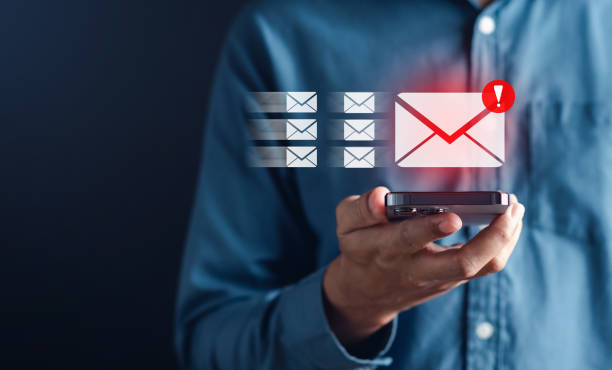
Tools and Technology to Simplify Personalization – Email Campaign
Personalizing your email campaigns doesn’t have to be complicated or time-consuming. Additionally, there are a variety of tools and platforms available to help you streamline the process.
- Email Automation Platforms
Platforms like Mailchimp, HubSpot, and ActiveCampaign allow you to create segmented email lists, automate personalized campaigns, and track user engagement. - Customer Relationship Management (CRM) Systems
CRM systems like Salesforce, Zoho, and Pipedrive help you store and organize customer data, making it easier to create more personalized, relevant email campaigns. - AI-Powered Personalization Tools
Tools like Persado or Phrasee use artificial intelligence to analyze customer behavior and suggest the best-performing subject lines, email copy, and calls-to-action based on data insights. So, these tools ensure that your email content is optimized for maximum impact.
Measuring the Success of Your Personalized Campaigns – Email Campaign
To ensure that your personalized email campaigns are successful, it’s important to track and measure key performance indicators (KPIs). So, here are the metrics you should focus on:
1. Open Rate
This tells you how many recipients are opening your emails. Additionally, a higher open rate indicates that your subject lines are effective and that recipients are curious to learn more.
2. Click-Through Rate (CTR)
This measures how many recipients click on links within your email. Also, a higher CTR indicates that your content is relevant and compelling enough for recipients to engage with.
3. Conversion Rate
This measures how many recipients take the desired action, such as making a purchase, signing up for a webinar, or downloading an eBook. It’s one of the most important metrics because it reflects the overall effectiveness of your campaign.
4. Unsubscribe Rate
If your unsubscribe rate is high, it may indicate that your emails are not resonating with your audience. Make sure to monitor this metric and adjust your personalization strategy accordingly.
Best Practices for Email Personalization – Email Campaign
Personalization is a powerful tool, but to ensure it works effectively, follow these best practices:
1. Don’t Overdo It
While personalization is key, too much can feel intrusive. Furthermore, focus on delivering value, not just bombarding recipients with overly personalized messages.
2. Ensure Data Accuracy
Make sure the data you’re using is accurate and up-to-date. Nothing undermines your personalization efforts faster than sending an email with incorrect details, like using the wrong name or outdated preferences.
3. Respect Privacy
Be transparent about how you use customer data and ensure compliance with privacy regulations like GDPR.
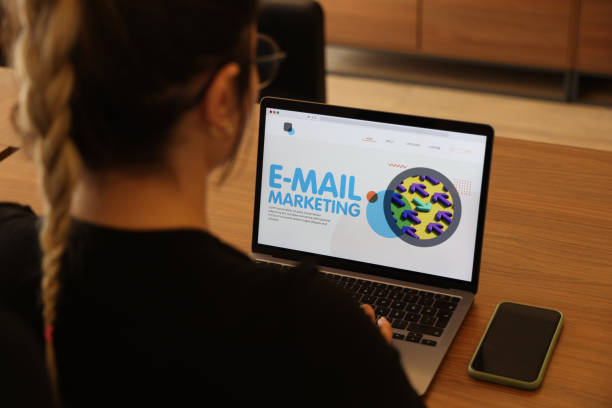
Conclusion: Elevate Your Email Campaign With Personalization
Personalization is no longer a luxury in email marketing—it’s a necessity. By understanding your audience, segmenting your lists, and delivering relevant content, you can create email campaigns that resonate on a personal level, boosting engagement, loyalty, and conversions.
Ready to take your email marketing to the next level? Start implementing these personalization techniques today, and watch your campaigns soar.
